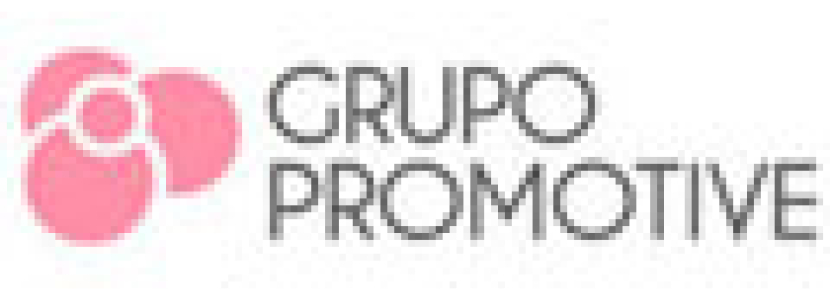
An overview of the basic steps for successfully planning, organizing and staging a fashion event.
Pre-event
The first most complex step addresses all the main aspects that should be taken into account during the planning phase:
- What type of event is being organized? A catwalk, collection presentation, showroom, press day, special sales promotion, or the opening of a boutique? Each fashion event has a number of unique of characteristics.
- Which is the event’s target audience? The target audience, which is the event’s keystone and therefore the chief factor to be taken into account when developing a strategy, ultimately depends on the product being presented.
- What is the event’s goal? Promoting a company, strengthening brand image, presenting a new product, disposing of stock? It is essential to establish goals before conducting a needs analysis (see below).
- Once all the aforementioned points have been settled, the next step is to establish the event’s budget depending on the impact that it is expected to achieve.
- Now is the time to conduct a needs analysis, i.e., all that it essential for the successful staging of the event – venue, event staff, models, catering, furniture, tableware, press dossiers, gifts for guest, backstage staff, AV systems, etc. – while staying within budget.
- In the case of catwalks or showrooms, models have to be cast and then fitted, while the style issues have to be defined depending on the product to be presented.
- Invitations should be sent out well in advance via email blasts, mailing and phoning. Depending on the type of event and target, some channels are more efficient and formal than others.
- There is also the option of holding a press conference about the event.
Event
Before the event is held, it is necessary to appoint a team leader who will be responsible for general coordination and timing; nothing should be improvised.
It is always necessary to anticipate any problems, as well as carrying out dresses rehearsals and fittings, if required. As has been already mentioned, timing is all important.
The image a fashion event projects is essential, so all the staff involved should satisfy strict requirements as to this point. Any additional value added is always beneficial for the product. Once the wheels of an event have been put in motion, anyone involved forms a part of the product to be presented, for which reason even the smallest details matter.
In the case of private events, the person in charge of access control should be in direct contact with the event coordinator so as to avoid any misunderstanding or conflicts.
One of the basic aims is to strengthen brand image, boost sales and generate new leads.
Post-event
One of the most important aspects of an event is its impact, since if it does not cause a lasting impression on the target audience, it is a pointless exercise.
Once the event has been held, it is important to measure its impact by the amount of media coverage it has received. By gathering press clippings, it is possible to gauge whether the event has been beneficial for the company’s brand image. It is also important to distribute a press release as a kind of reminder/testimonial of the events success.
Another metric that is of supreme importance is the event’s ROI, that is, whether the investment in the event has generated a satisfactory return on the investment. In this case, the director of communication/boutique should send a note of thanks to clients for attending the event and for contributing to its success.




